- Details
- Hits: 493
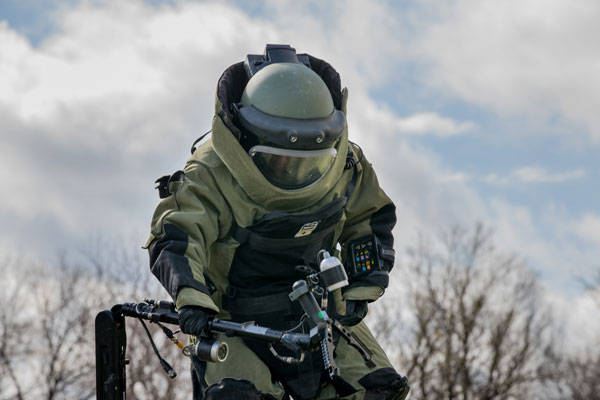
Ft. Carson, Colorado (April 4th, 2022): Parents hate to admit it but lighting those 4th of July firecrackers can be a bit intimidating, what with the high explosives and all. Most of us try to avoid things that tend to explode, let alone willingly seek out the most dangerous ordnance (bombs) in the world.
In this photo by Staff Sergeant Apolonia Galspar, First Lieutenant Ian Roxas, Ordnance Disposal Officer with the 764th Ordnance Company, is fully geared up while participating in the “Ravens Challenge” at Camp Gruber, Oklahoma. The Challenge is a gathering of Explosive Ordnance Disposal Technicians from multiple nations, all branches of the military and local governments to hone their skills while sharing the latest on bomb disposal technology.
This proud unit served in the Pacific in World War II including Saipan and the Philippines and most recently in Iraq and Afghanistan.
To become an Explosives Ordnance Disposal Technician, you must pass a grueling 36 Week School at Ft. Lee, Virginia that is both physically demanding and psychologically challenging. Students study electronics, chemical and biological agents, and robotics while training to remain focused in dangerous situations. As you can imagine, this course has a high attrition rate. Graduates go on to handle assignments around the world.
Read more: Perhaps I’m Overdressed: Defusing Bombs Is No Joke
- Details
- Hits: 689
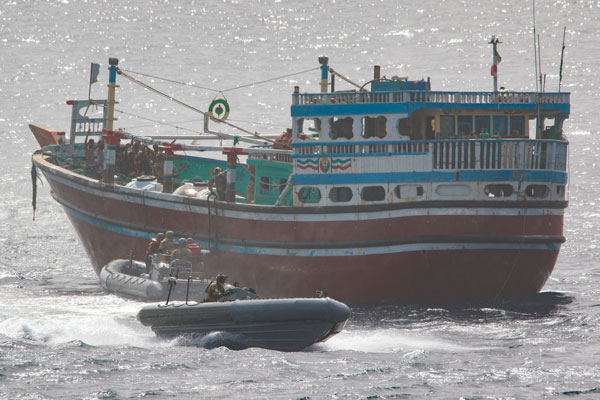
Gulf of Oman (May 16, 2022): There you are, just your average drug smuggler, minding your own business, when the “Swede” arrives.
In this case, it is the U.S.S. Momsen, an American Arleigh Burke-class Guided Missile Destroyer assigned to the U.S. 5th Fleet doing a friendly “Flag Check” on a suspicious fishing trawler off the Gulf of Oman in waters known for illegal activity. Named after Vice Admiral Charles B. “Swede” Momsen (1896-1967), this vessel is part of a 34-nation task force confronting maritime threats in the Middle East.
This is always bad news for drug smugglers.
- Details
- Hits: 667
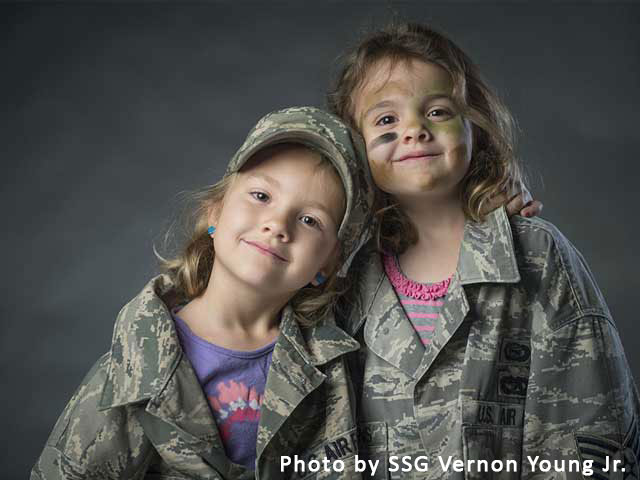
We were Army Brats, my six brothers and sisters and I, who grew up on Schofield Barracks, Hawaii in the loving arms of the 25th Infantry Division. The Viet Nam War was raging then, and we military families learned to do without. The Army did what it could to give us the basics, so no special programs were available. What we did not have then that all military families enjoy today is support from Support Our Troops.org charities. Here are just a few of our activities:
Family reintegration help when spouses return from deployment
Summer camps for base kids to socialize, make new friends
Establish weekly clubs among bases so military children “already belong” when they relocate
Fund food and sports activities on base
All these efforts strive for one thing, to stabilize military families as they change schools and even countries every three years. Support Our Troops needs you! Here’s how to help:
Go to: supportourtroops.org/donate
Here you may Donate to help SOT pay for these fine programs at military bases around the world.
Jim Spearing, SSG Ret.
- Details
- Hits: 549

The images are disturbing. Brave Ukrainian soldiers, sad but defiant, are loaded onto busses after surrendering to Russian forces after the months-long siege at Mariupol. Many are grievously wounded, starving, and traumatized by their ordeal.
The Russian Army accepting their surrender is guilty of numerous war crimes including deliberate attacks on innocent civilians, mass murder, executing prisoners, and bombing schools and hospitals, The Russians say they have 1,730 soldiers in custody and given their barbaric behavior, the world can only ask; “How will these courageous souls be treated by their captors?”
- Details
- Hits: 503
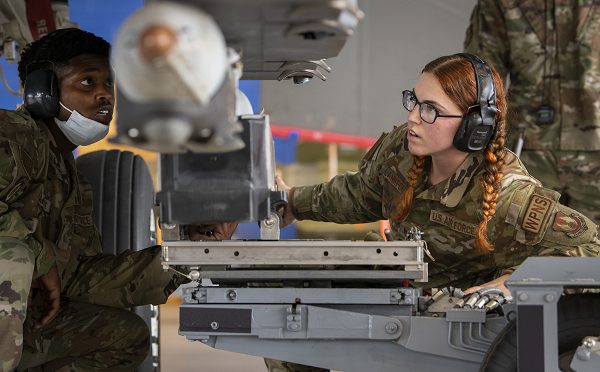
Eglin AFB, Florida (April 29, 2022): Talk about no margin for error! In this photo by Samuel King Jr., Senior Airman Jahee Standley and Staff Sergeant Summer Lankford move a GBU-39B small diameter bomb into place during the 96th Aircraft Maintenance Squadron’s F-15 Eagle weapons load competition.
Air Force weapon loaders have the tricky task of quickly and safely placing a variety of high explosives onto fighter planes in real time and in any type of conditions. Working in three person teams, the weapons loaders transport munitions, prepare the weapon bays and ensure the bombs match their assigned mission. They conduct the final safety checks, pull the safety pins, and watch with great pride as their pilots take off to defend America.
- Details
- Hits: 732
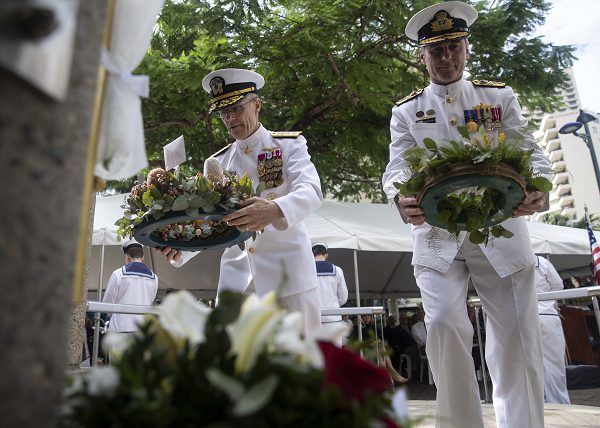
Surfers Paradise, Australia (May 8, 2022): It had been six months since Imperial Japan’s dastardly attack on Pearl Harbor and the Americans had yet to slow the inexorable march of Japan’s naval fleet across the pacific, until the Battle of the Coral Sea.
This was the worlds’ first modern naval engagement. Unlike previous wars where enemy ships squared off, firing directly at one another, this battle was fought between airplanes out of sight of their carriers. U.S. and Japanese warplanes dueled for two vicious days with both sides suffering tremendous losses.
It all began when the Americans broke Japan’s secret code and discovered a large Japanese fleet was enroute to the Coral Sea (a vast expanse of ocean between our ally Australia and New Caledonia in the pacific). Japan planned to invade strategic Port Moresby, New Guinea, and the Solomon Islands so the Americans sent every available carrier strike group to confront the Japanese armada.
A horrendous air battle ensued that resulted in the loss of the U.S. aircraft carrier the Lexington and 216 of her sailors. Although costly, the battle not only halted the Japanese advance but reduced, by one third, the number of carriers available for an even bigger battle to come, the Battle of Midway.
Read more: ALLIES REMEMBER THE SAILORS LOST AT BATTLE OF THE CORAL SEA


